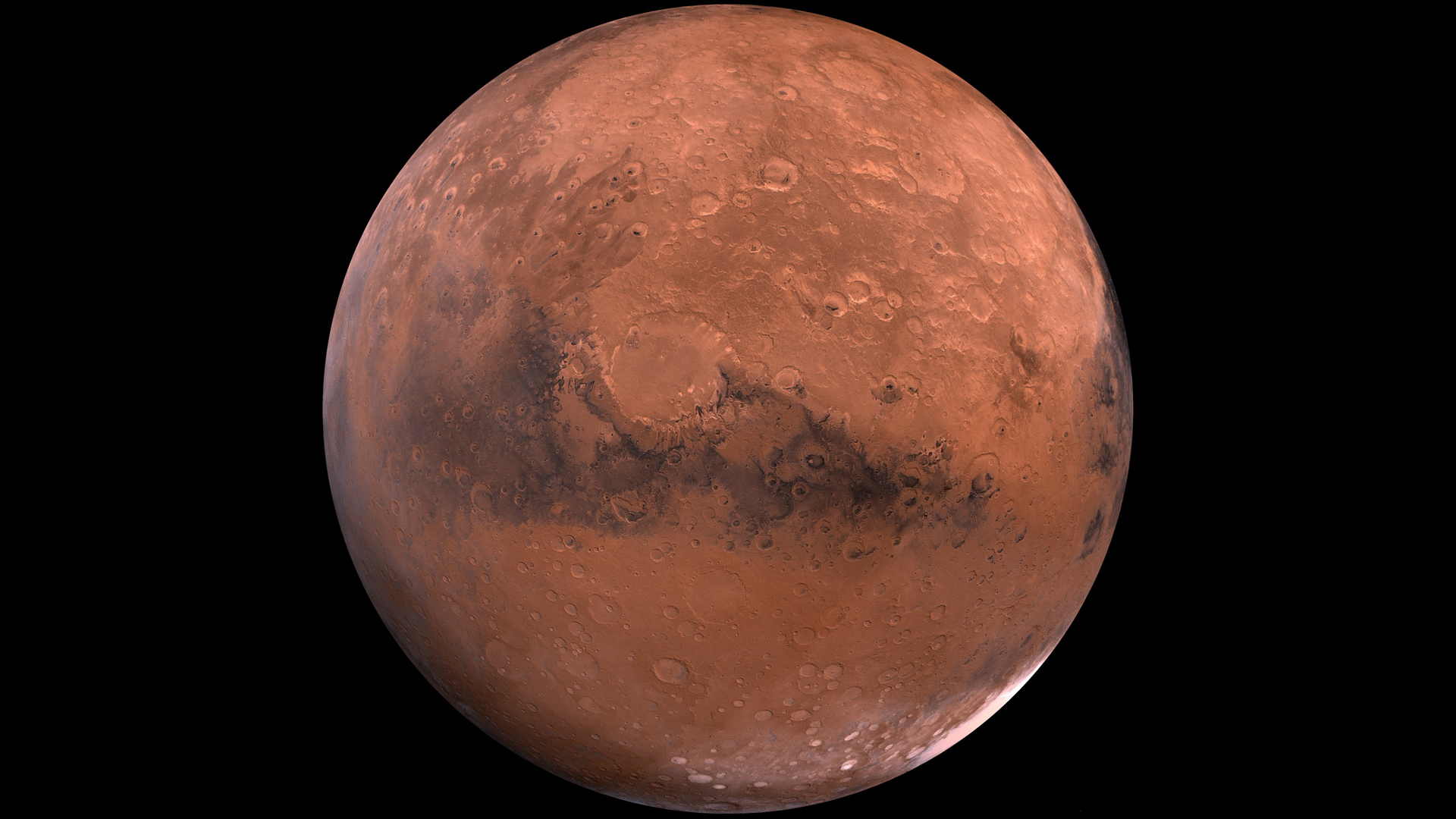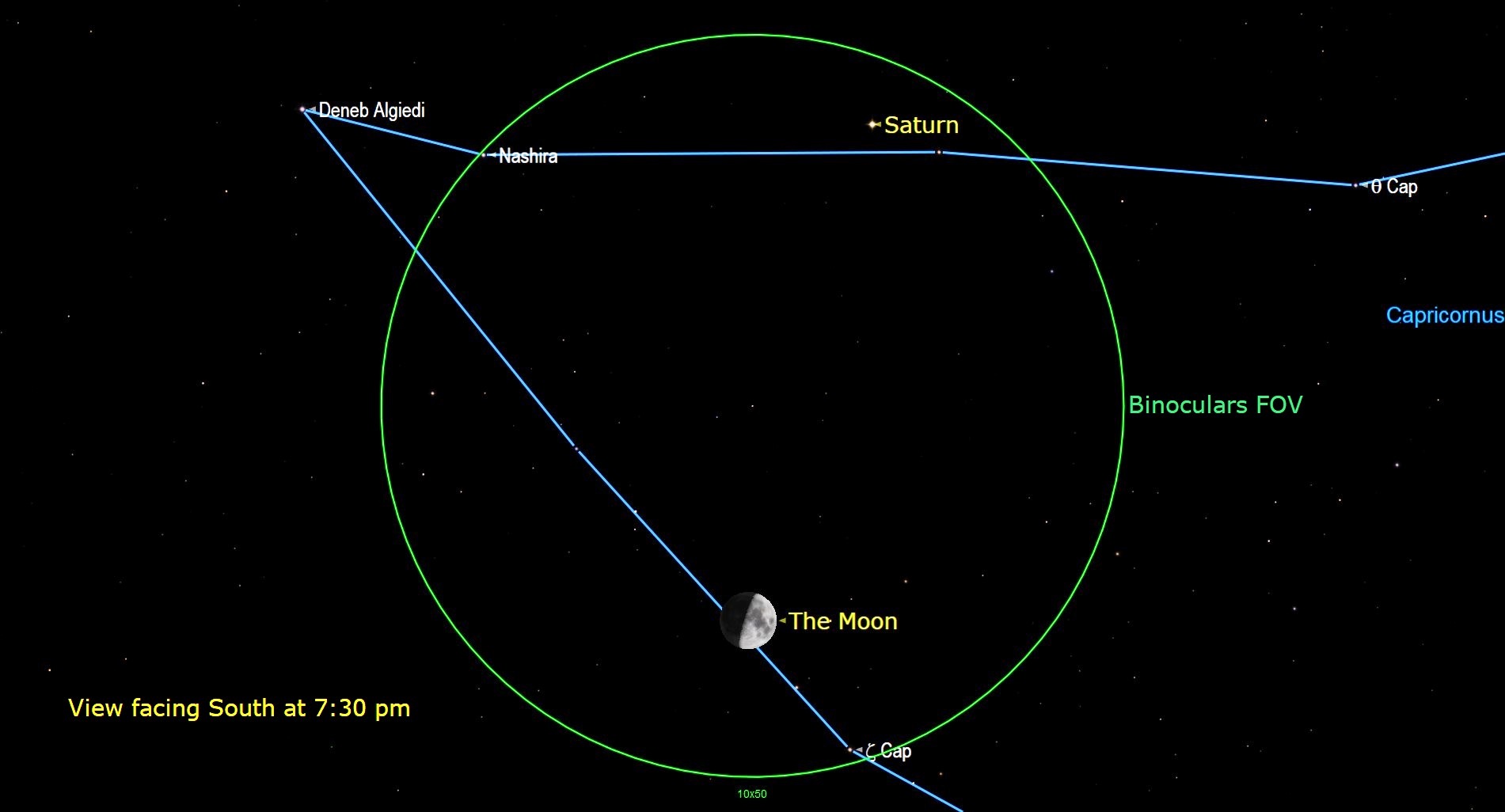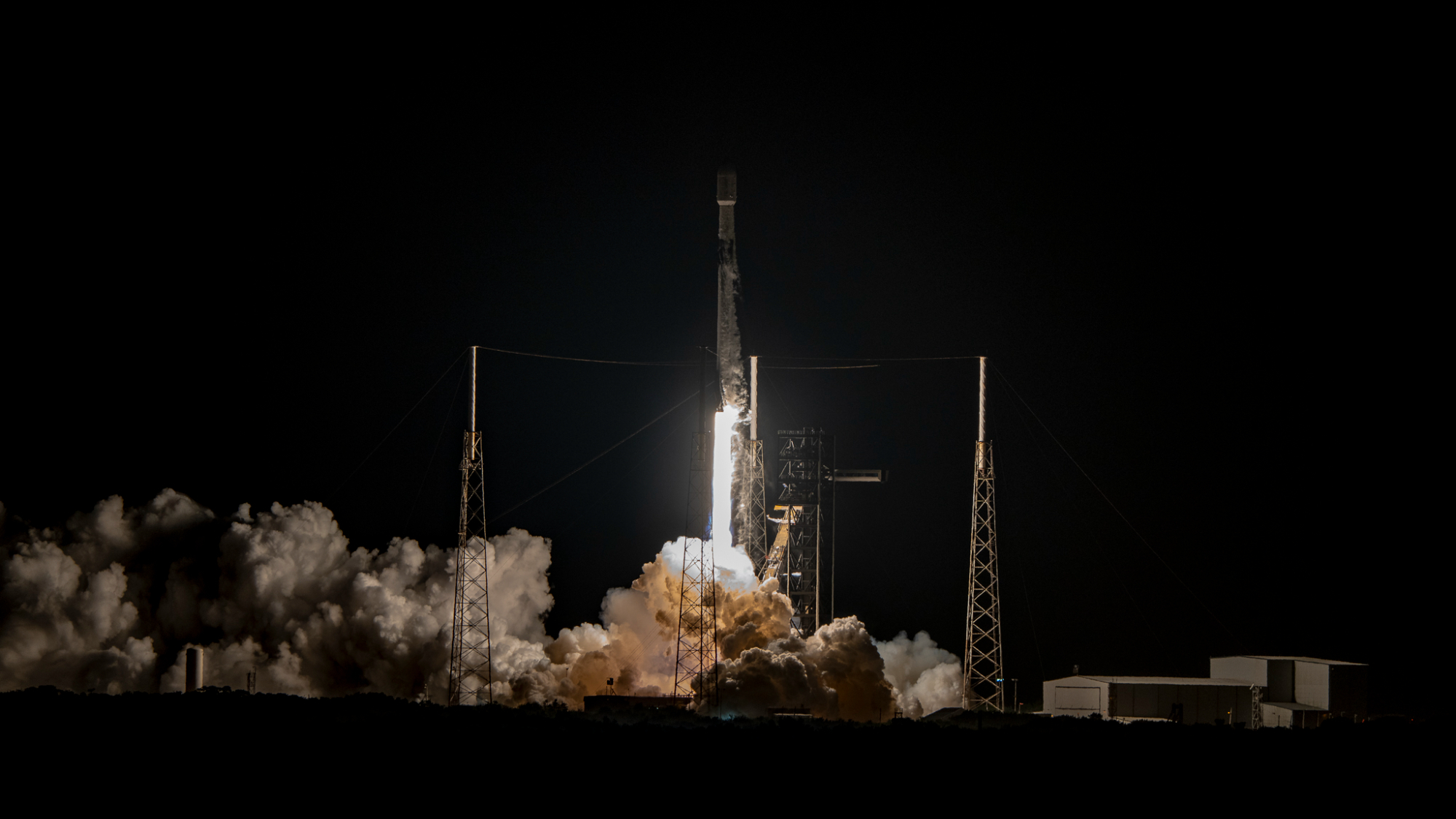
Stefanie Waldek
Space.com contributing writer Stefanie Waldek is a self-taught space nerd and aviation geek who is passionate about all things spaceflight and astronomy. With a background in travel and design journalism, as well as a Bachelor of Arts degree from New York University, she specializes in the budding space tourism industry and Earth-based astrotourism. In her free time, you can find her watching rocket launches or looking up at the stars, wondering what is out there. Learn more about her work at www.stefaniewaldek.com.
Latest articles by Stefanie Waldek

See Mercury at its highest point in the sky Tuesday morning (Jan. 24)
By Stefanie Waldek published
Mercury will reach its highest altitude of its Jan.–Feb. 2023 morning apparition on Tuesday, Jan. 24. From New York City, it will reach 14 degrees above the horizon in the southeast sky.
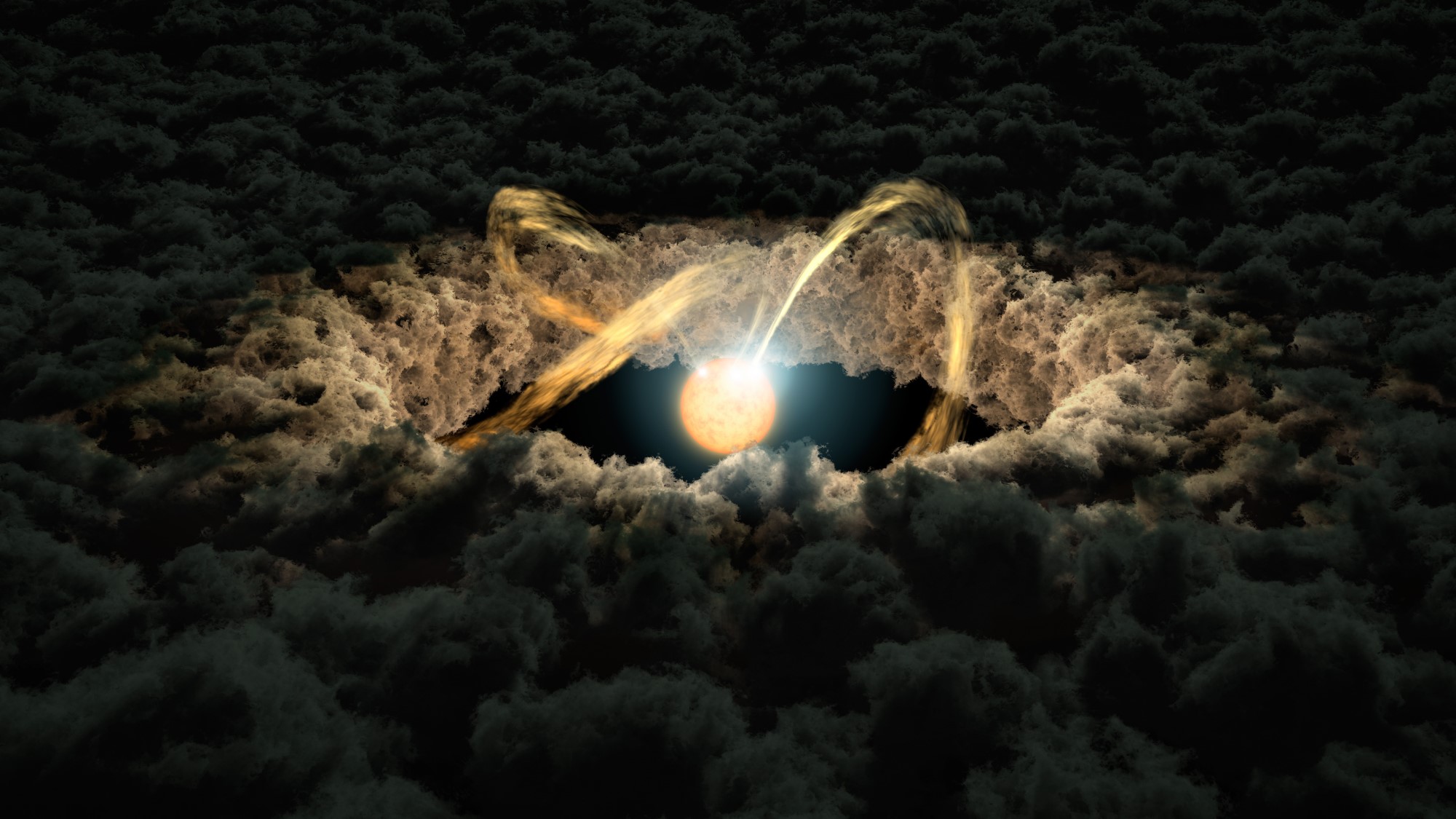
'Little hurricanes' around young stars can help astronomers measure infant exoplanets
By Stefanie Waldek published
Researchers can use vortices in protoplanetary disks to weigh and date exoplanets.
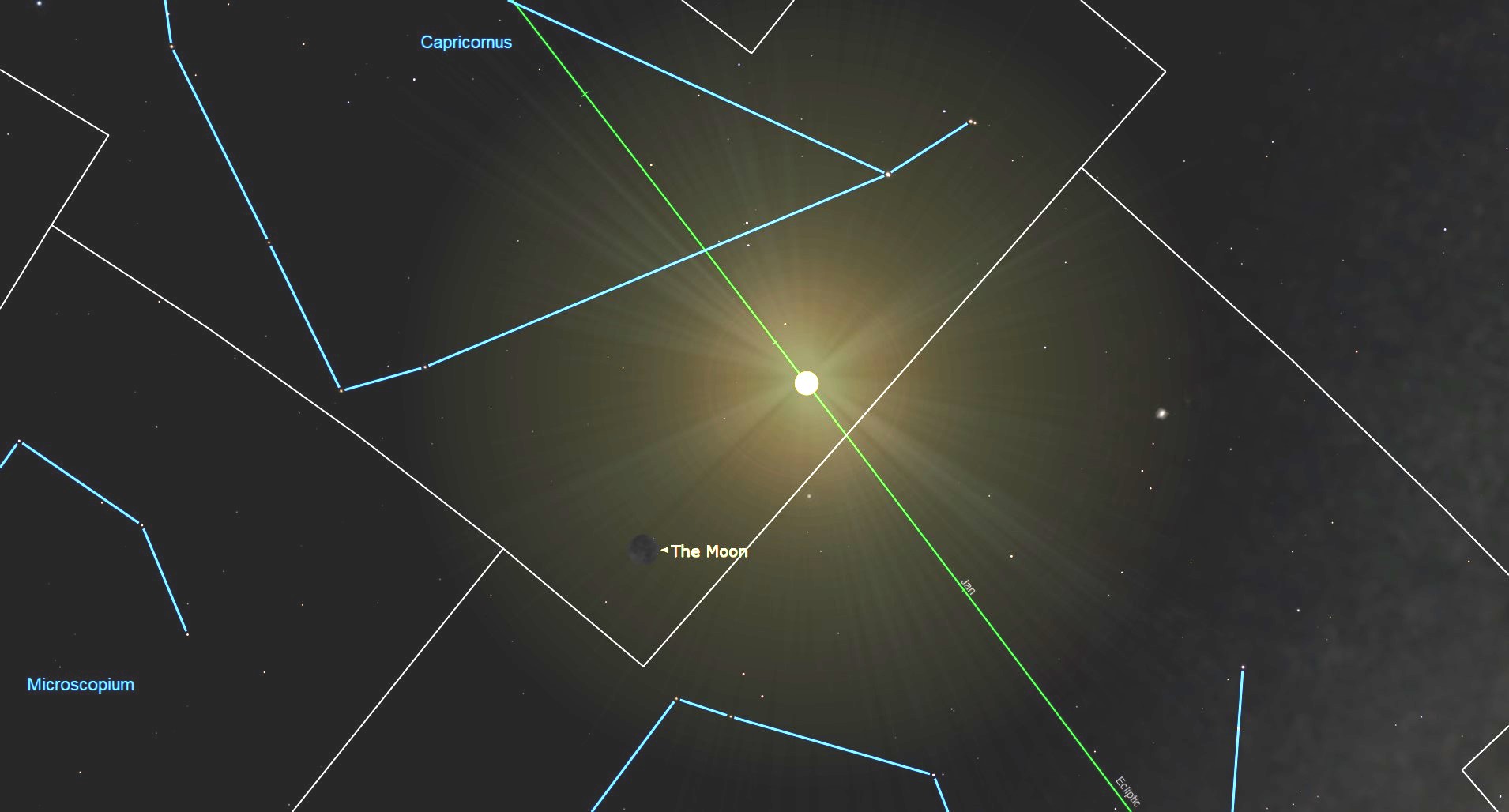
The new moon is the closest in nearly 1,000 years tonight
By Stefanie Waldek published
The new moon on Saturday (Jan. 21) is the closest new moon in 992 years at just 221,561 miles (356,568 km) away, but you won't be able to see anything from Earth.
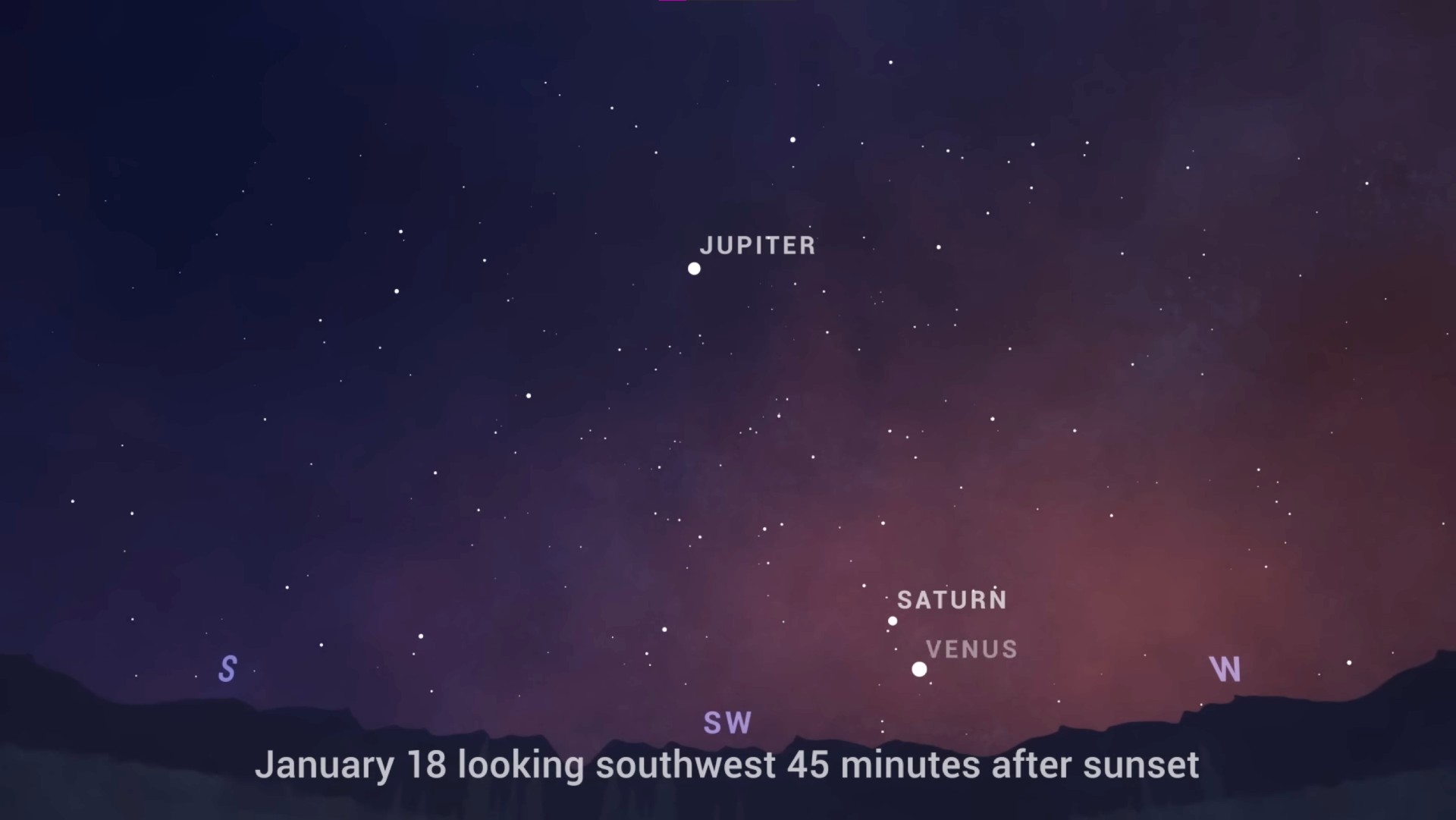
Watch Venus and Saturn begin joining up in the night sky this week
By Stefanie Waldek published
The planets will begin closing in on one another ahead of a conjunction on Sunday (Jan. 22), during which they will appear just one-third of a degree apart.
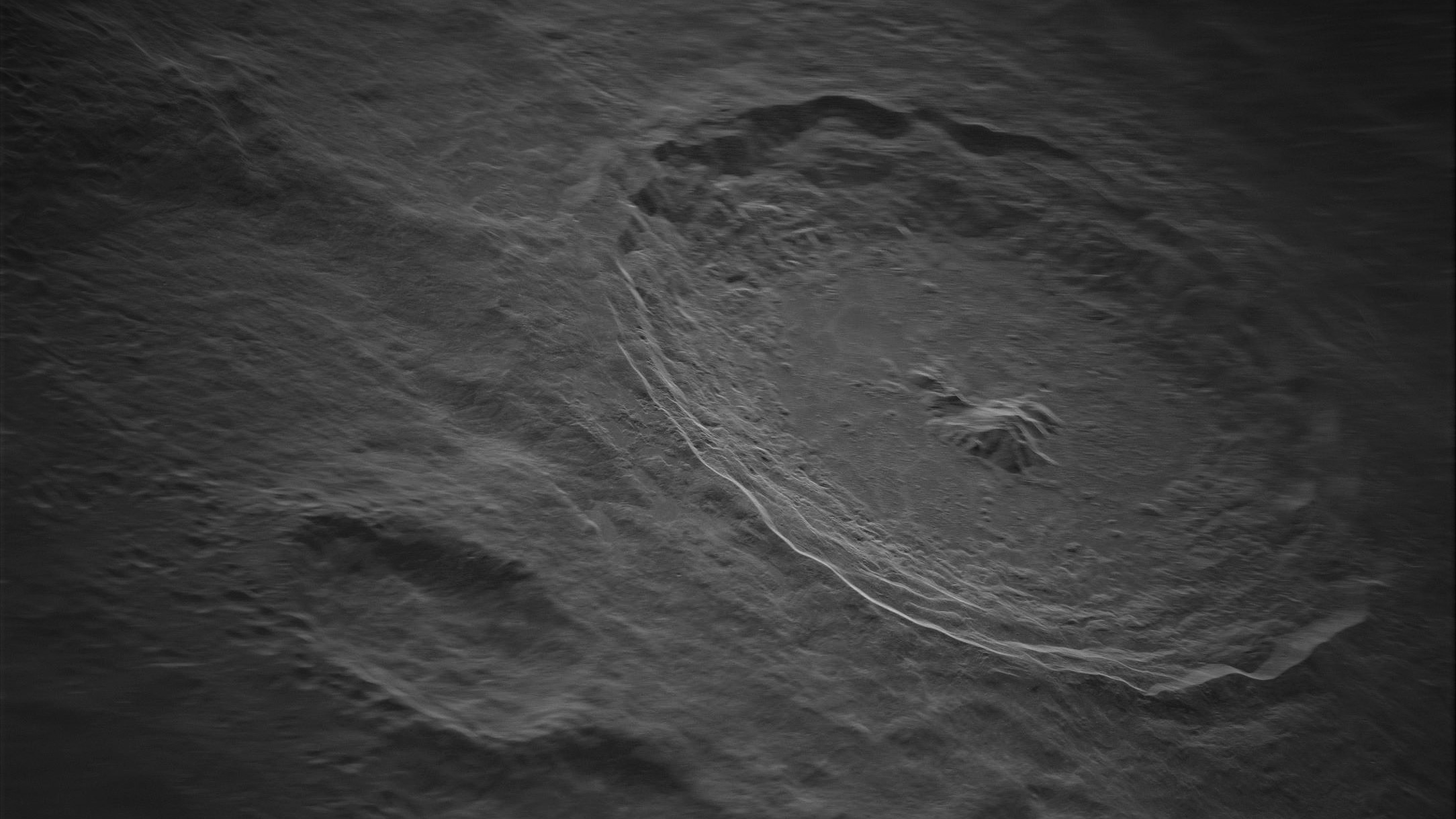
These are the most detailed images of the moon ever taken on Earth
By Stefanie Waldek published
The final project, which will be 1,000 times more powerful, will be used to help spot potentially hazardous objects flying toward Earth.
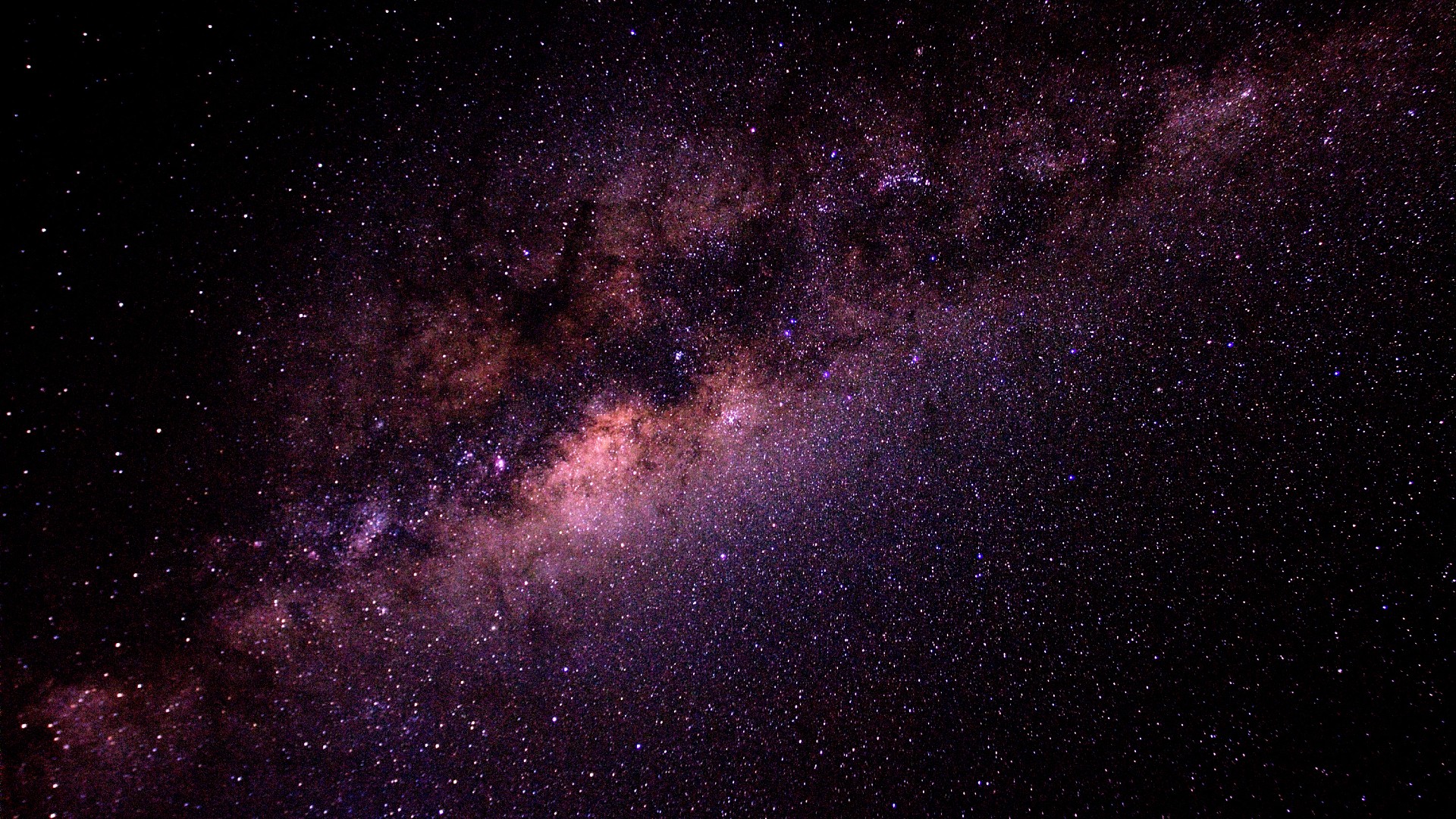
Astronomers spot the most distant stars in the Milky Way — a million light-years away
By Stefanie Waldek published
Researchers have discovered more than 200 RR Lyrae stars in our galaxy's stellar halo.

Astronomy photographer of the year competition opens for submissions
By Stefanie Waldek published
The institution's annual photography competition seeks to find "the most striking images of our cosmos."

Hubble Space Telescope spots ghostly light from ancient wayward stars
By Stefanie Waldek published
Spread throughout the universe are rogue stars that remain gravitationally untethered to others, wandering endlessly in the vastness of space and creating a faint glow.
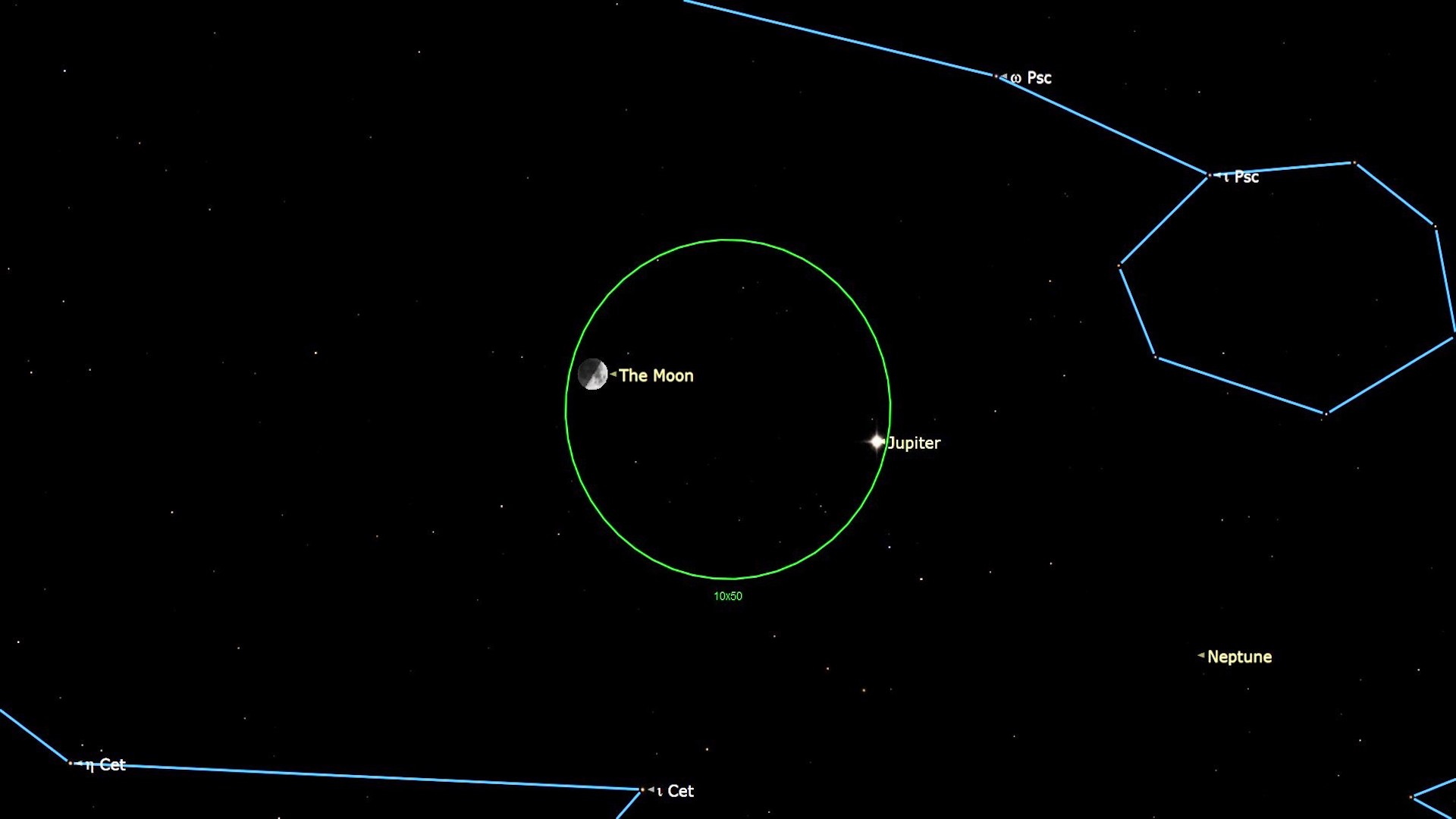
See the final first quarter moon of 2022 join Jupiter in the sky tonight (Dec. 29)
By Stefanie Waldek published
Pick up a pair of binoculars to examine the half-lit moon and Jupiter as it passes by.
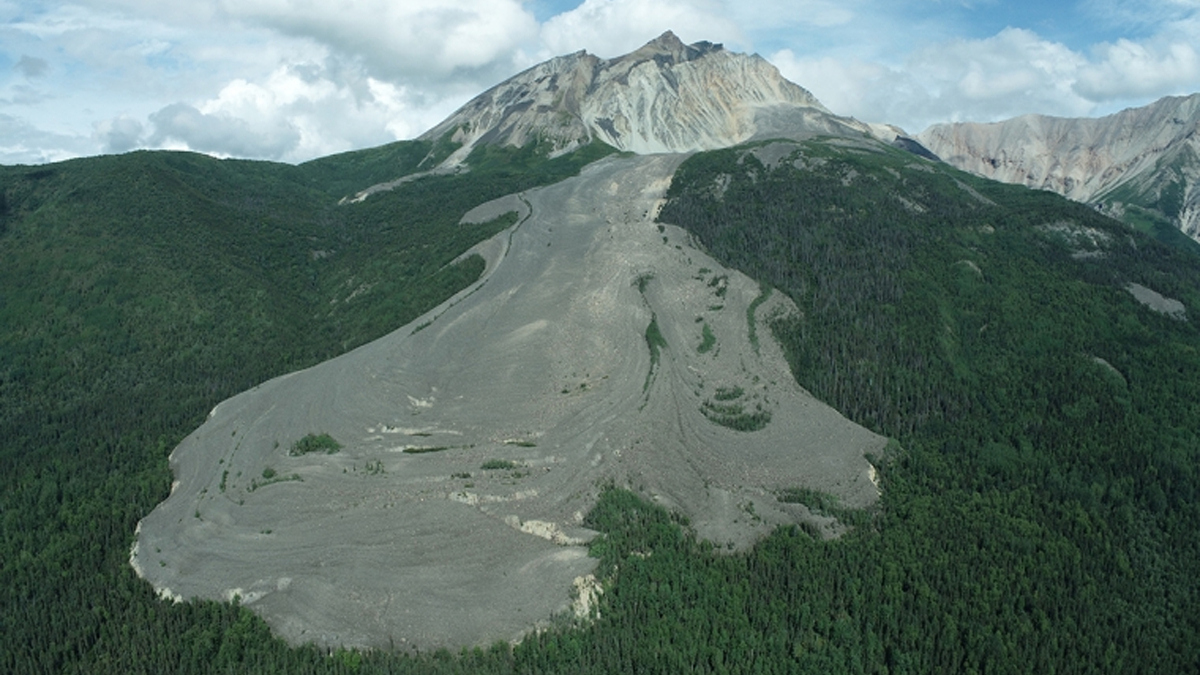
Rock glaciers on Earth may help us prepare for water-seeking missions on Mars
By Stefanie Waldek published
We know very little about Mars rock glaciers, but scientists do suspect that they may hold significant amounts of water.
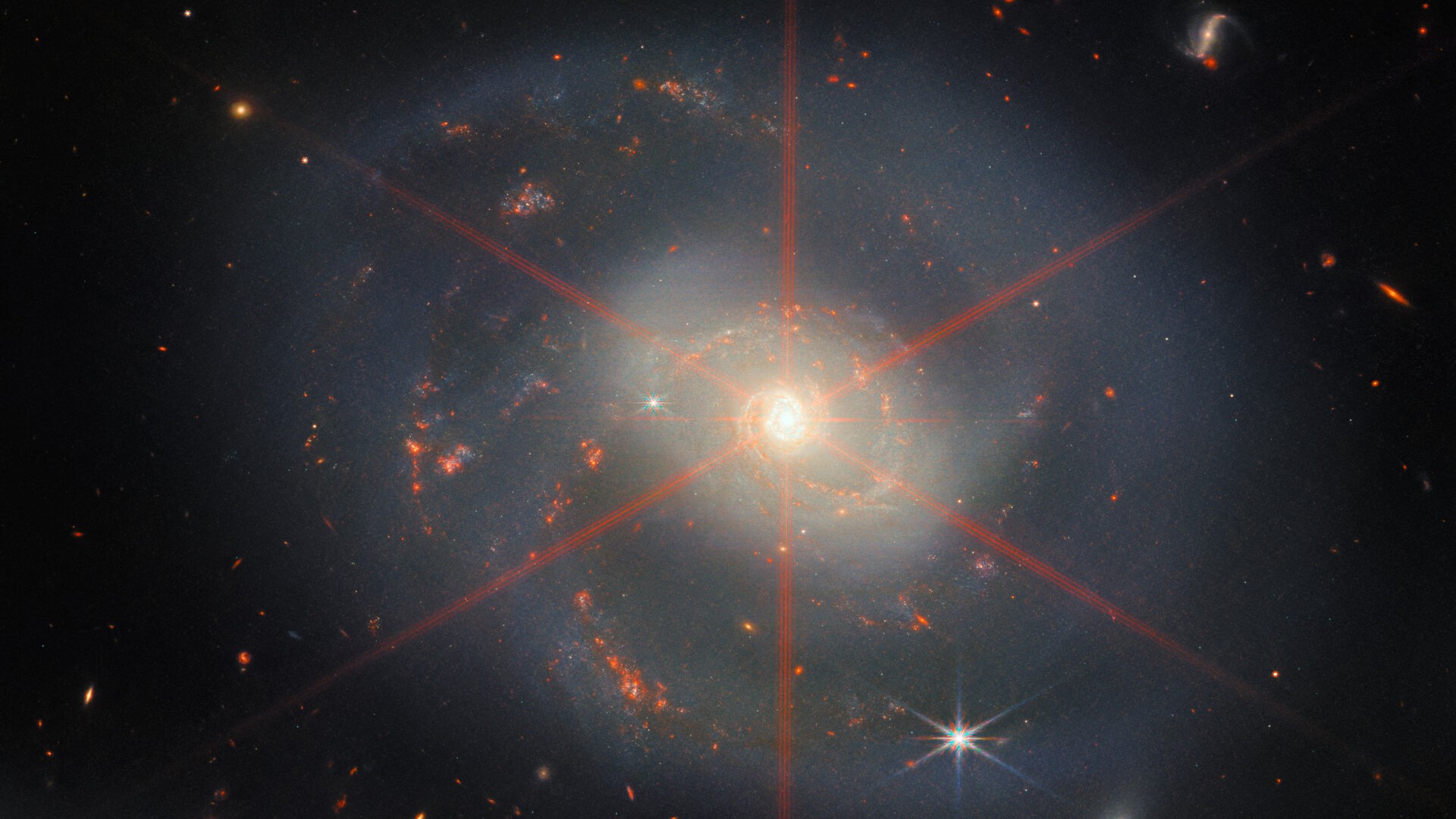
James Webb Space Telescope spots mesmerizing wreath-like galaxy
By Stefanie Waldek published
James Webb Space Telescope has just produced one of the most detailed photos of this wreath-shaped galaxy ever seen.

The Ursid meteor shower, last 'shooting stars' of 2022, peaks tonight
By Stefanie Waldek published
The Ursid meteor shower peaks tonight (Dec. 22 into the morning of Dec. 23), offering the last shooting stars of the year.
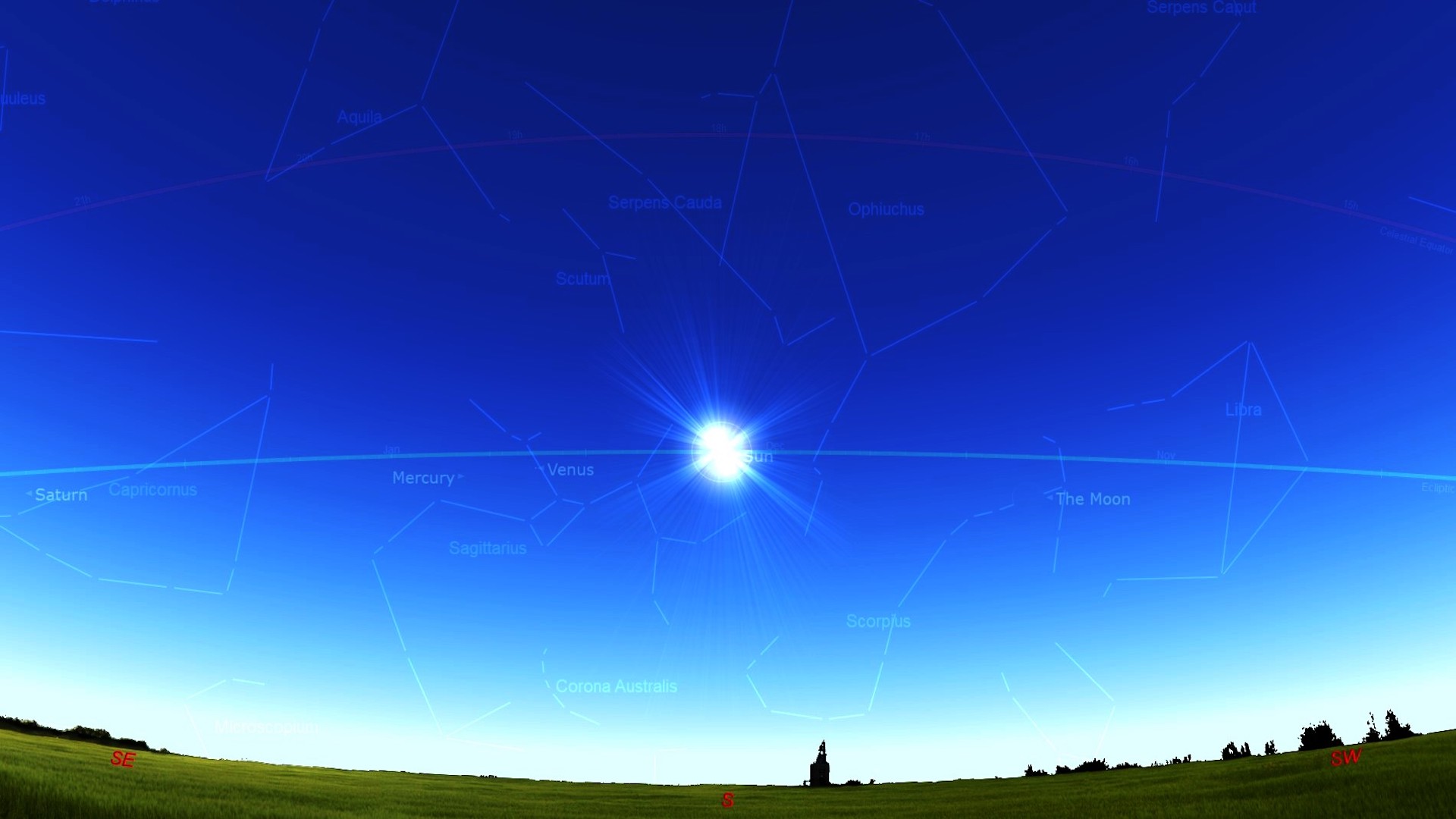
Winter solstice 2022 brings the longest night of the year to Northern Hemisphere
By Stefanie Waldek published
The winter solstice is today (Dec. 21), marking the official start of astronomical winter in the Northern Hemisphere and the shortest day of the year.

Doom-spiraling exoplanet will someday meet fiery demise
By Stefanie Waldek published
Tidal interactions are pulling the exoplanet toward its demise: a fiery collision with its star.

NASA cancels climate change satellite to monitor greenhouse gases
By Stefanie Waldek published
NASA has canceled the GeoCarb mission, which was a greenhouse gas–monitoring satellite into geostationary orbit.
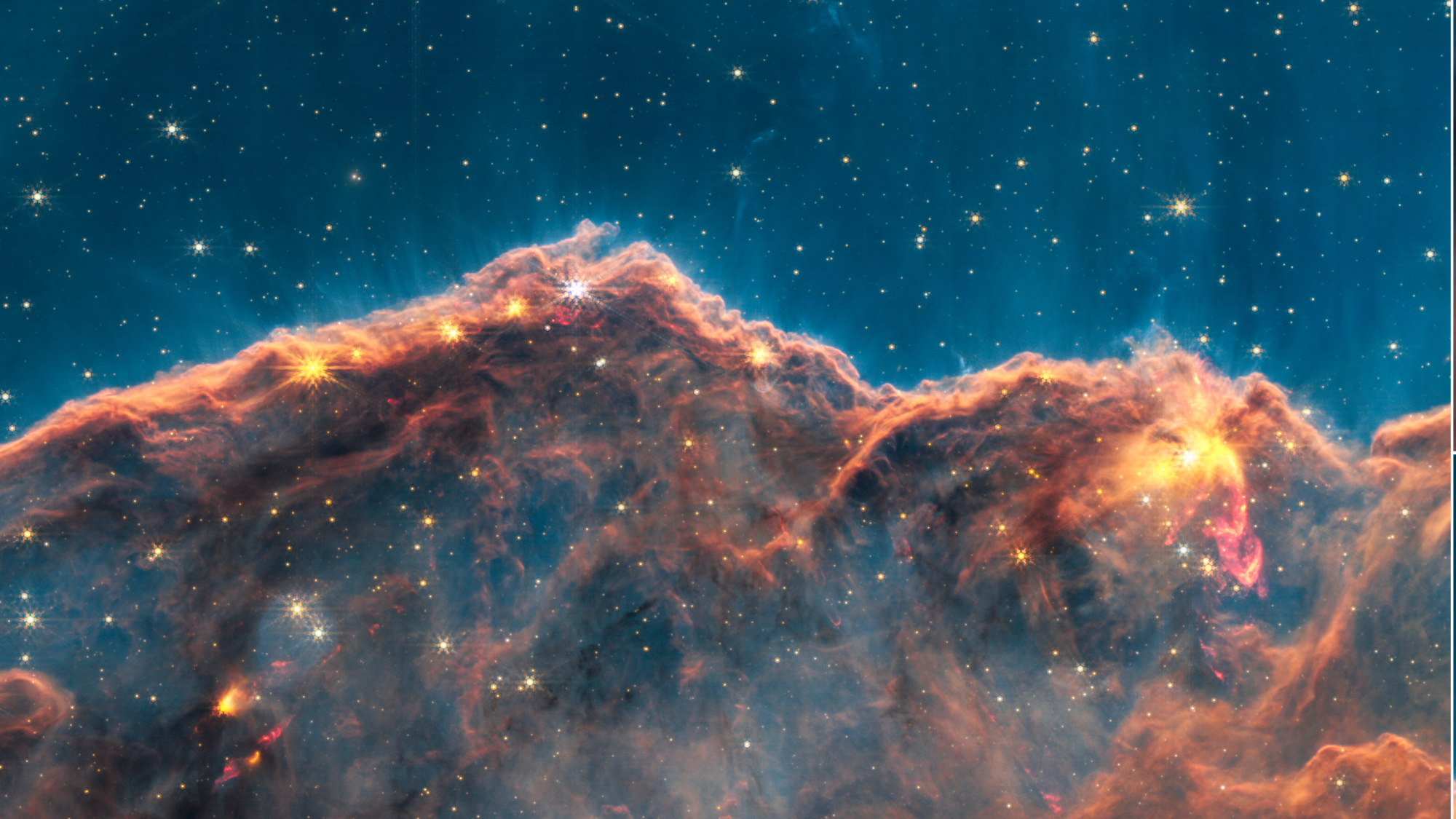
Baby stars throw cosmic tantrums in iconic James Webb Space Telescope image
By Stefanie Waldek published
Scientists reexamining the James Webb Space Telescope's iconic "Cosmic Cliffs" image of the star cluster NGC 3324, have spotted a rare sight: protostars emitting two dozen powerful jets and outflows.

The Geminid meteor shower peaks tonight. Here's how to see it
By Stefanie Waldek published
The Geminid meteor shower will peak overnight tonight (Dec. 13 and Dec. 14), producing anywhere from 60 to 120 meteors per hour.
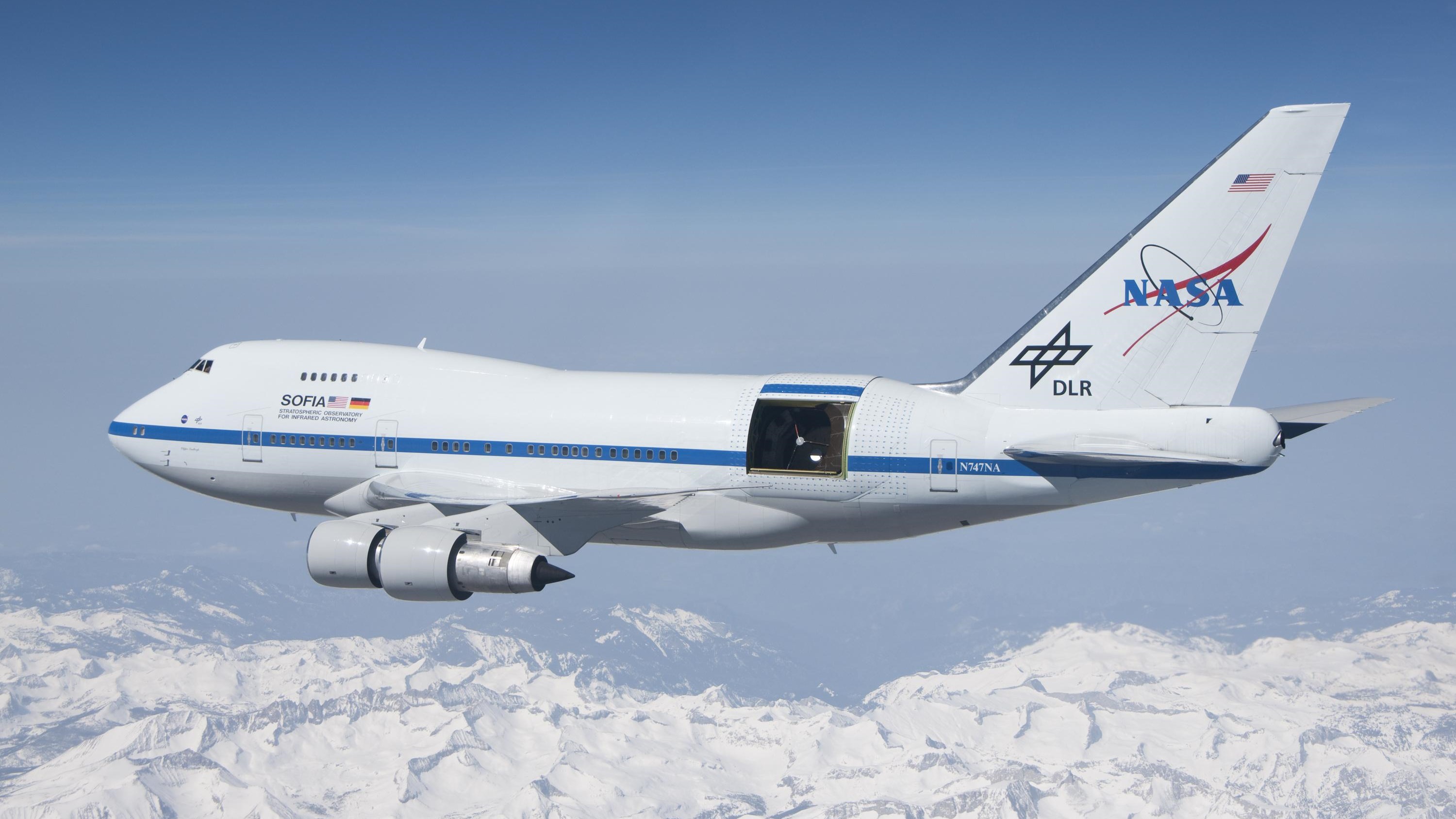
NASA's retired flying telescope heads to museum
By Stefanie Waldek published
After eight years of science missions, the Stratospheric Observatory for Infrared Astronomy (SOFIA) aircraft has found permanent residence at the Pima Air & Space Museum in Arizona.

Star may have drawn scorching 'hell planet' into super-close orbit
By Stefanie Waldek published
The super-Earth exoplanet Janssen is so close to its star, a year is only 18 hours long.

With eyes on Mars, NASA algorithm tackles dust devils on Earth
By Stefanie Waldek published
On Mars, dust devils can have both positive and negative impacts on robotic exploration on the planet.

Nebulas glow with forming stars in stunning new image
By Stefanie Waldek published
ESO's Visible and Infrared Survey Telescope for Astronomy gives us a peek at the action inside the stellar nurseries.
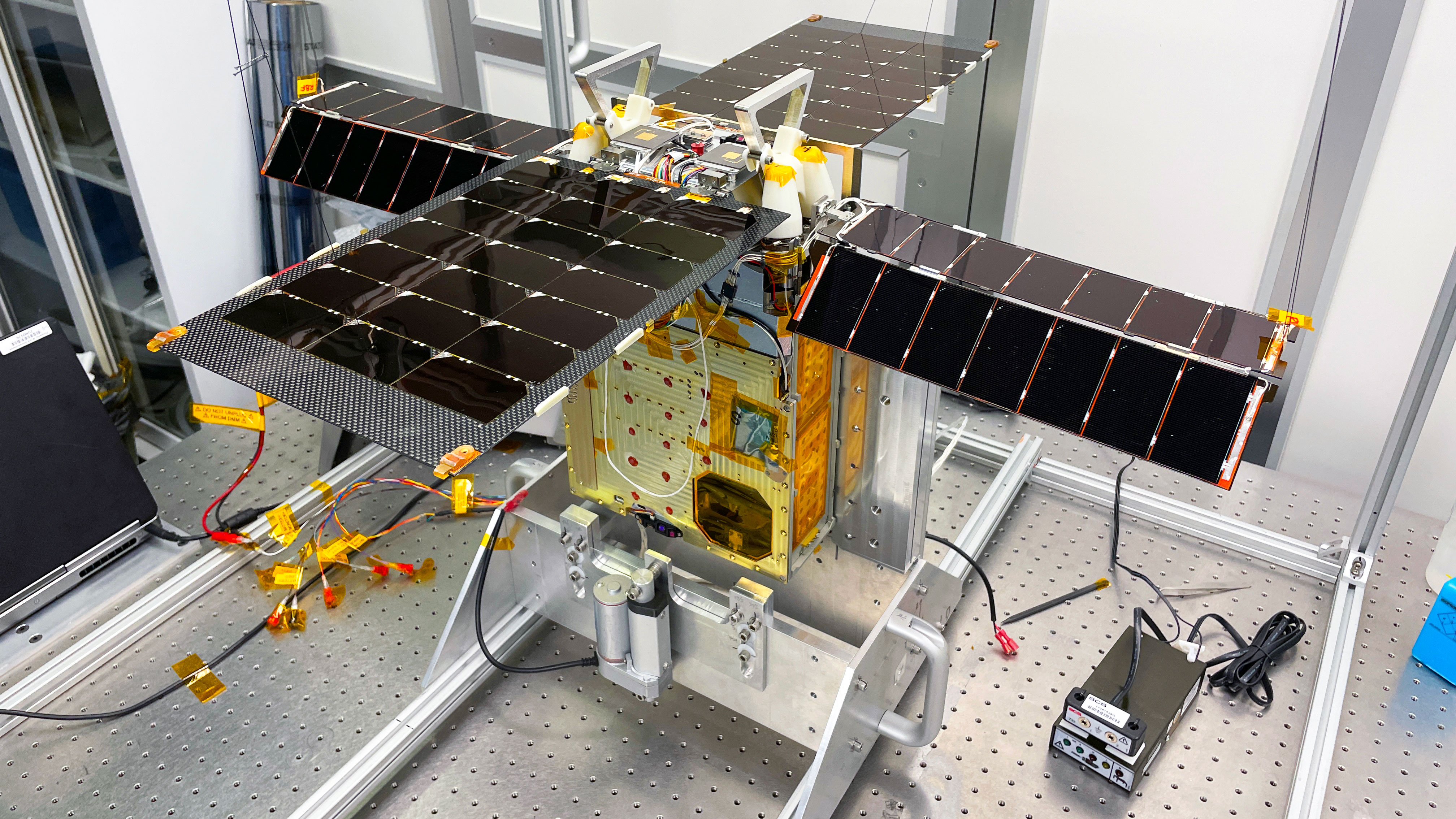
NASA water-hunting moon cubesat ready to launch with SpaceX
By Stefanie Waldek published
NASA's Lunar Flashlight mission will deploy a small satellite to skim the moon's surface and use lasers to search for water ice in lunar craters.
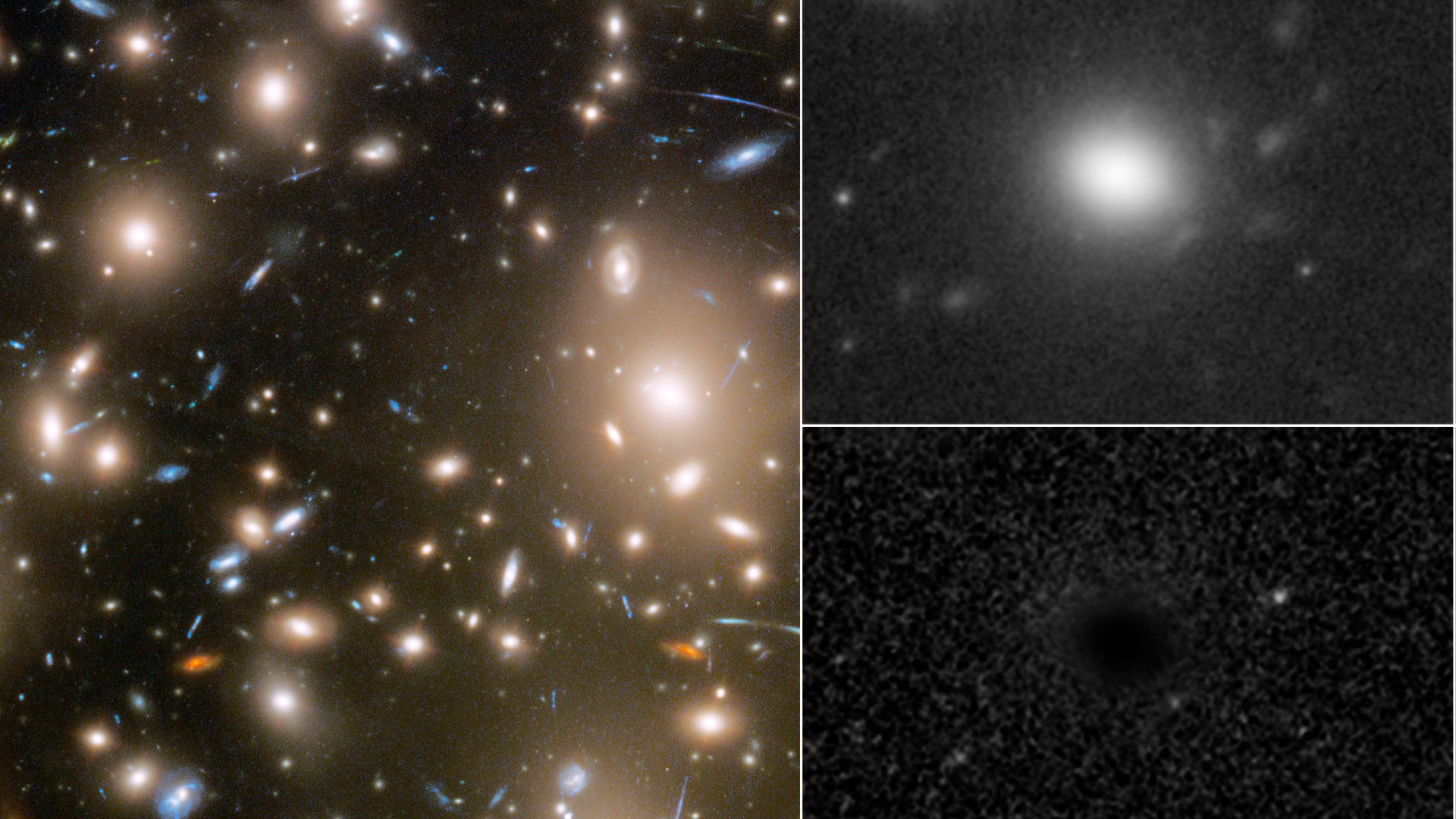
Right place, right time: Hubble telescope captured a supernova as it exploded
By Stefanie Waldek published
Archival images from the Hubble Space Telescope have revealed an infant supernova photographed just hours after the star's explosion 11.5 billion years ago.
Get the Space.com Newsletter
Breaking space news, the latest updates on rocket launches, skywatching events and more!
